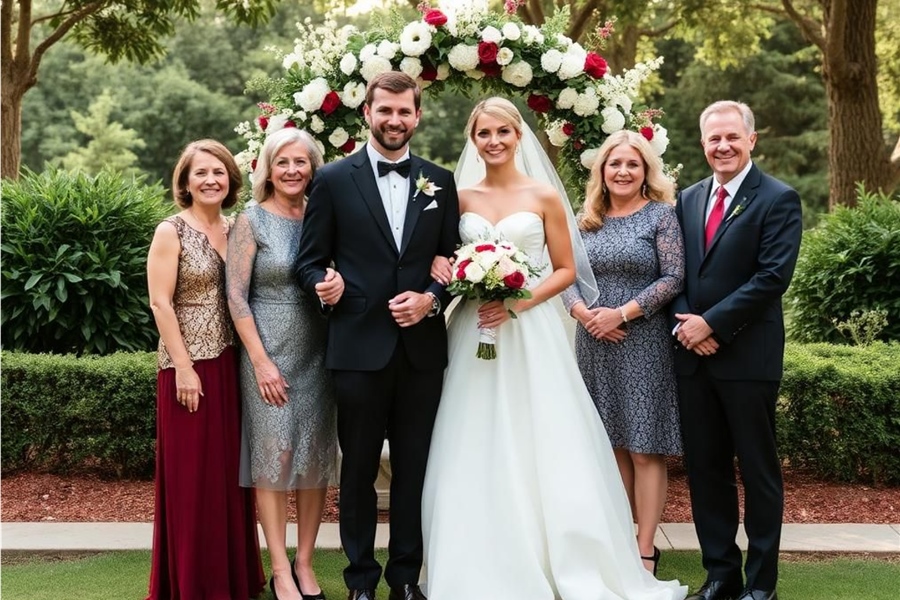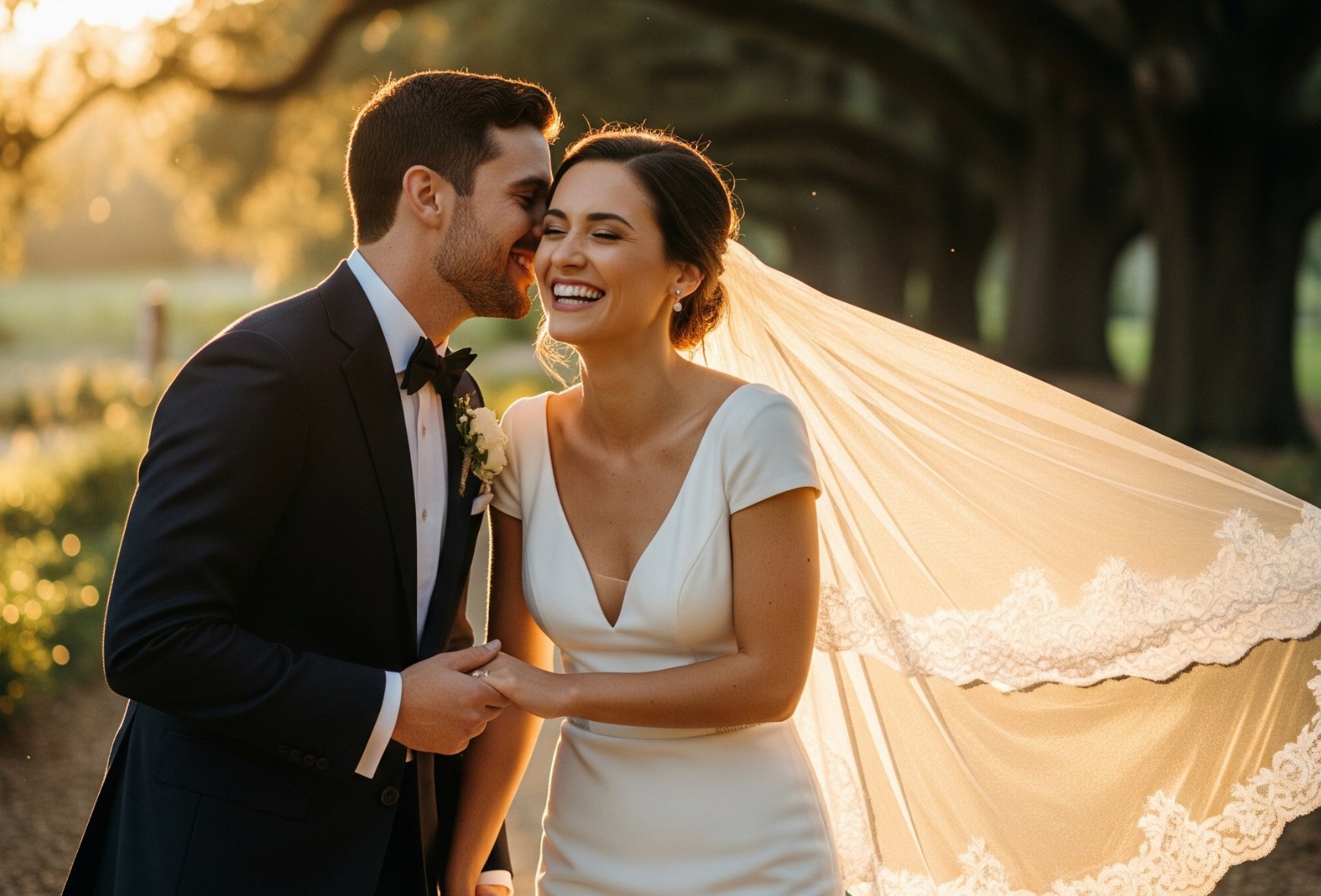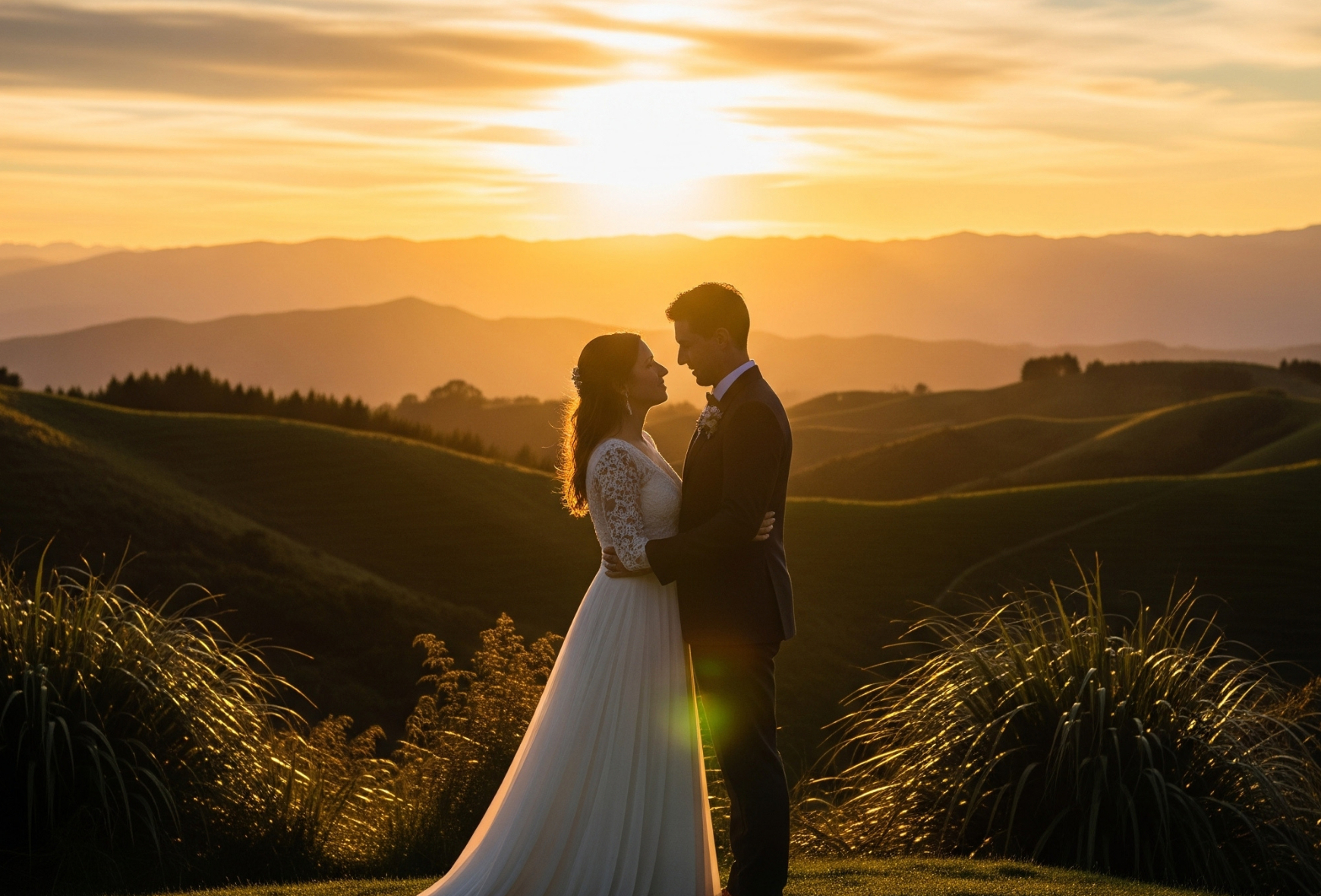
Planning your wedding photography involves more than just choosing the right photographer and selecting beautiful locations. One of the most challenging aspects many couples face is managing the expectations of family members who each have their own vision of how the day should be captured. From Great Aunt Mildred’s insistence on formal group shots to your mother’s desire for every single cousin to be photographed, family expectations can quickly become overwhelming if not properly managed.
Setting Clear Boundaries Early
The key to successful family photography management begins long before your wedding day. Start conversations with your families about photography expectations during the early planning stages. Be transparent about your vision, budget constraints, and the photographer’s working style. This prevents last-minute surprises and gives everyone time to adjust their expectations accordingly.
Consider creating a photography timeline that you can share with key family members. This helps them understand when formal photos will be taken, how long different sessions will last, and what their role will be during each phase of the day.
Creating a Comprehensive Shot List
Work with your photographer to develop a detailed shot list that includes the must-have family combinations. Start with your non-negotiables—immediate family, grandparents, and close relatives—then add extended family groups based on importance and available time. Share this list with both families well in advance, allowing them to suggest additions whilst maintaining your final decision-making authority.
Remember that your photographer can only capture what’s physically possible within the time constraints of your wedding day. A realistic shot list prevents disappointment and ensures the most important relationships are documented.
The Art of Diplomatic Communication
When family members make additional requests or express concerns about the photography plan, respond with patience and understanding whilst maintaining your boundaries. Acknowledge their feelings—after all, they're excited about your special day and want to be included. However, gently remind them that you've carefully planned the photography schedule with your professional photographer.
Use phrases like "We've worked closely with our photographer to ensure we capture the most important moments" or "We'd love to include everyone, but we need to be realistic about timing to ensure we don’t miss the key moments of our ceremony and reception."
Designating Family Photography Coordinators
Appoint responsible family members from both sides to act as photography coordinators. These individuals can help gather family members for shots, ensure everyone knows where to be and when, and handle any last-minute questions or concerns. Choose people who are naturally organised and can remain calm under pressure.
Brief these coordinators on the shot list and timeline, and give them authority to make minor decisions if needed. This takes pressure off you as the couple and provides family members with a clear point of contact for photography-related queries.
Managing the "Photographer’s Nightmare" Scenarios
Every wedding photographer has encountered the well-meaning relative who insists on directing shots or the family member who disappears during group photo time. Prepare for these scenarios by having conversations with your photographer about how to handle difficult situations professionally.
Your photographer should be skilled at managing groups and maintaining control of the session whilst remaining courteous to your family. Trust their expertise in posing, lighting, and timing—they've likely photographed hundreds of weddings and know how to work efficiently.
Balancing Tradition with Personal Style
Family members may have strong opinions about traditional wedding photography styles, especially if they come from different cultural backgrounds or generational perspectives. Find ways to honour these traditions whilst staying true to your personal style preferences.
Consider incorporating some traditional formal shots to satisfy family expectations whilst ensuring plenty of time for the candid, documentary-style photography you might prefer. This compromise approach often results in a more comprehensive wedding album that appeals to multiple generations.
The Role of Technology and Social Media
In today’s digital age, family members often want immediate access to photos or may attempt to take their own shots during professional photography sessions. Establish clear guidelines about phone usage during formal photo sessions—multiple people taking photos simultaneously can be distracting and result in subjects looking in different directions.
Consider designating specific times when family members can take their own photos, perhaps immediately after the professional shots are completed. This satisfies their desire for immediate sharing whilst respecting your photographer’s need for focused attention during key moments.
Dealing with Budget Constraints
Wedding photography can be expensive, and family members may not understand why certain requests can’t be accommodated. Be honest about budget limitations when necessary, but focus on the positive aspects of your chosen photography package rather than dwelling on what you can’t afford.
If family members are particularly insistent about additional coverage or prints, you might suggest they contribute to the photography budget or arrange for additional services as a wedding gift. However, make it clear that any additions must be coordinated through you and your photographer.
Post-Wedding Photo Sharing
Establish clear expectations about how and when wedding photos will be shared with family members. Some relatives may expect immediate access to all photos, whilst others might assume they'll receive printed copies automatically. Discuss your plans for photo sharing, whether through online galleries, social media, or printed albums.
Consider the privacy preferences of both families—some may be comfortable with social media sharing whilst others prefer to keep family photos private. Respect these differences and establish guidelines that work for everyone.
The Importance of Professional Guidance
Remember that your wedding photographer is a professional who has likely dealt with similar family situations countless times. Don’t hesitate to seek their advice on managing difficult family dynamics or unrealistic expectations. They can offer practical solutions and may even be willing to communicate directly with family members about technical limitations or scheduling constraints.
A good photographer will work with you to find creative solutions that satisfy family expectations whilst maintaining the artistic integrity of your wedding photos. Trust their expertise and rely on their experience to guide you through challenging situations.
Creating Lasting Memories for Everyone
Ultimately, the goal of wedding photography is to create beautiful, lasting memories of your special day. By managing family expectations thoughtfully and diplomatically, you can ensure that everyone feels included and valued whilst maintaining your vision for how your wedding should be documented.
Remember that your wedding day is about celebrating your love story, and your photos should reflect that joy and emotion. When family members see the beautiful, authentic moments captured by your photographer, any initial disappointments about specific shots or arrangements are likely to fade in favour of appreciation for the overall story your photos tell.
The key to success lies in clear communication, realistic expectations, and the confidence to make decisions that align with your values and vision as a couple. With proper planning and diplomacy, you can navigate family expectations whilst creating a wedding photography experience that brings joy to everyone involved.
Check out our amazing Photographers right HERE📸


